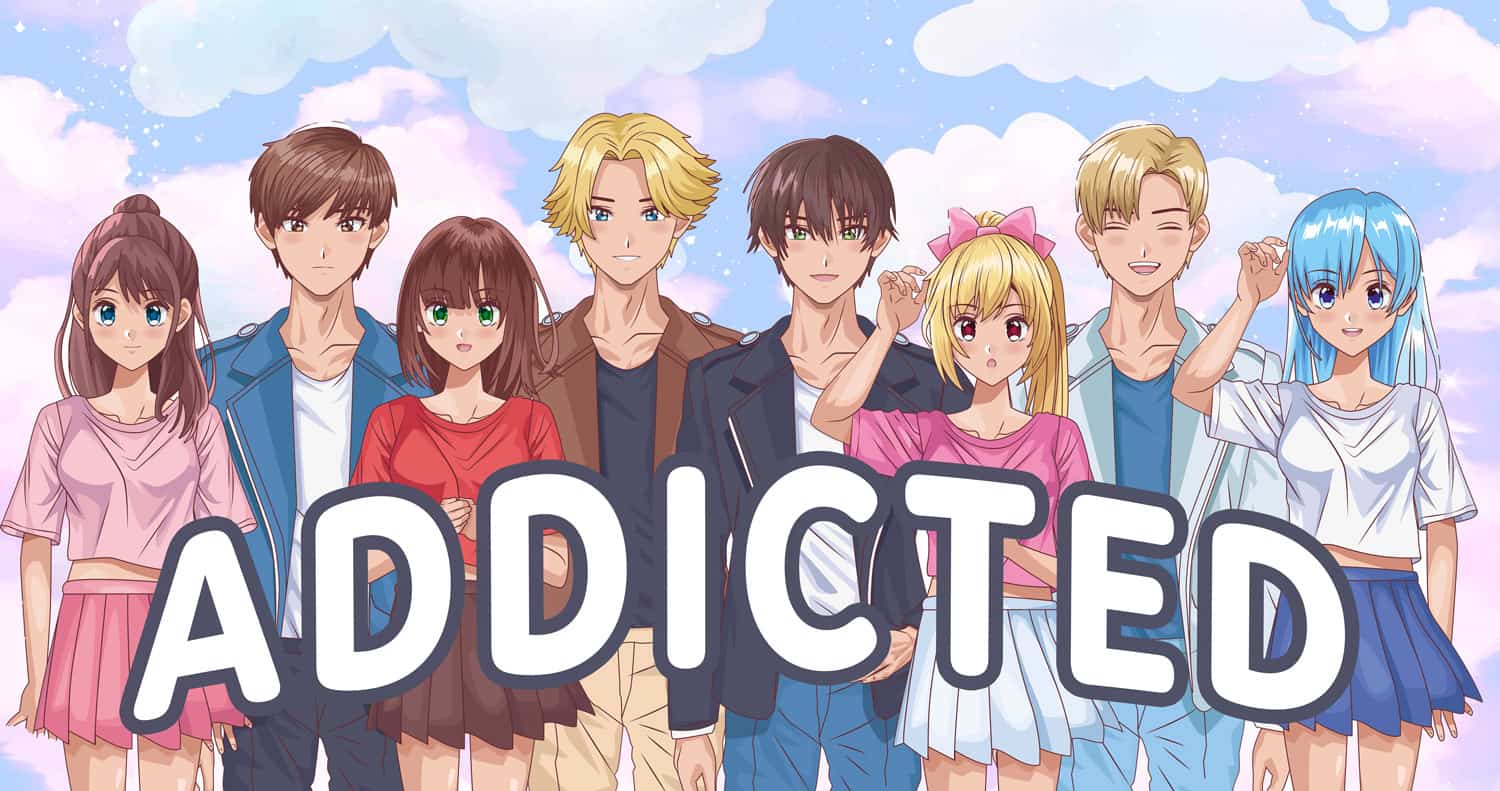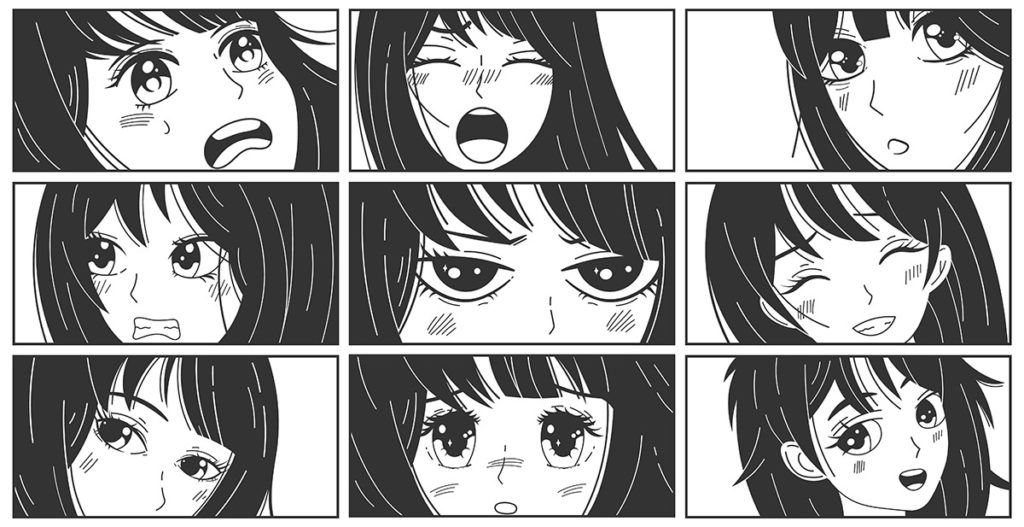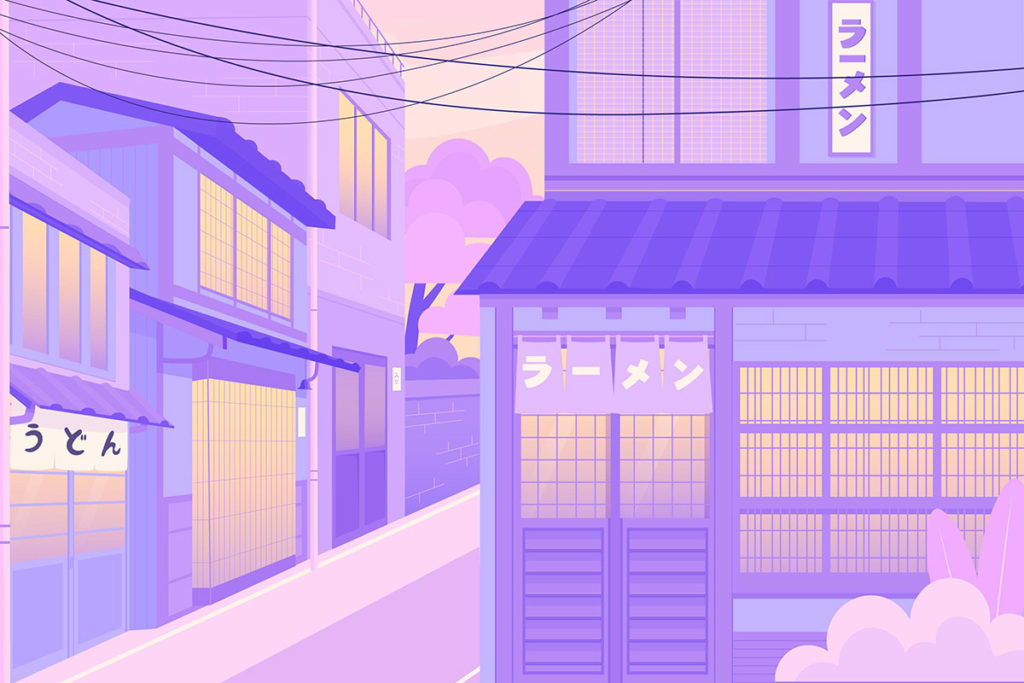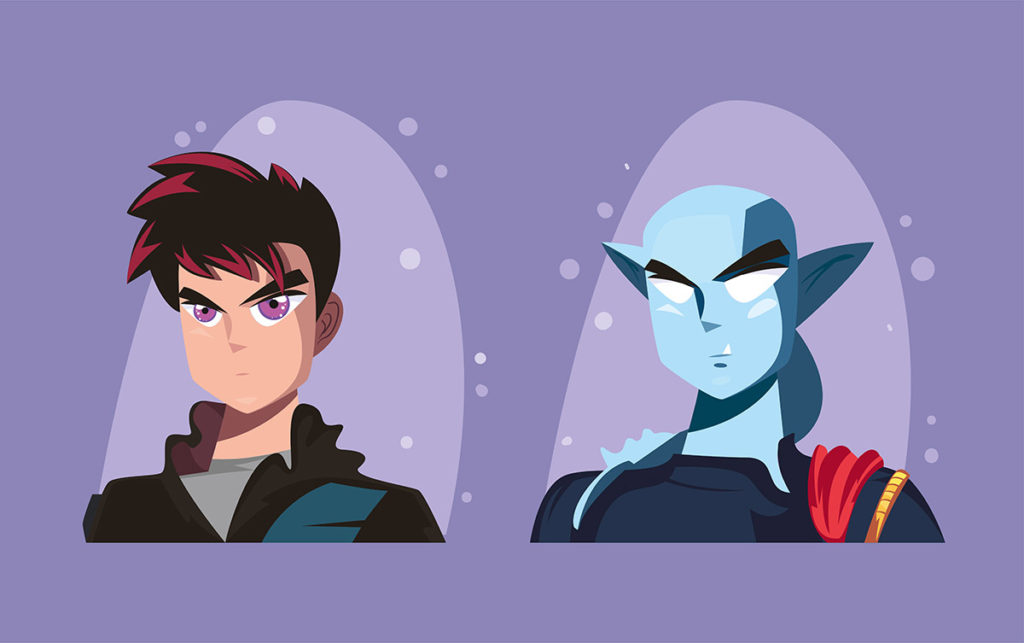
Addicted to Anime and Manga? Here’s What to Do.
Anime TV shows and movies, and manga graphic novels and comics are experiencing a surge in popularity as streaming services like Netflix are making the genre accessible to global audiences. People are attracted to the action-packed storylines and insights into Japanese lifestyle and culture.
However, there is a dark side to this cultural phenomenon as an increasing number of people are becoming addicted to it.
I love anime, and am certainly not ashamed of enjoying it in healthy amounts. But I find myself lying and keeping the extent to which I watch shows secret from even my close friends. Sometimes I only get a few hours of sleep at night, and go into work exhausted and perform badly because I was watching anime until late the night before.
In this article, we take a closer look at anime and manga to help you understand why they can be so compulsive and how to overcome addiction.
Get immediate help for you or a loved one’s anime or manga addiction. Book a free Gameplan call now to learn if our program is the right fit for you.
Different types of anime and manga

The art of anime originated in Japan in 1917 but it wasn’t until the 1960s that the artist, Osamu Tezuka, (known as the godfather of manga) developed it into the hand-drawn animation we know today. In the 1990s, anime started to become recognized outside of Japan and since then it has become increasingly popular worldwide.
Although manga and anime are visually similar, they are two distinct mediums – manga are graphic novels and comics, while anime (abbreviated from animation) refers to TV shows and movies. Anime also has its own anime terms. There is a blurring of lines though as some of the more popular manga graphic novels have been adapted into anime such as Dragon Ball and Devilman Crybaby.
There are five types of anime and manga for different ages and genders – kodomomuke, shonen, shoujo, seinen and josei:
- Kodomomuke – popular with younger children of both sexes who enjoy the sweet and simplistic stories.
- Shonen – aimed at boys aged 8 to 18 years old. Typically, they are action-packed and feature a young male protagonist.
- Shoujo (or shojo) – targeted towards tween and teenage girls due to the romance-centered stories and plots.
- Seinen – suitable for young males aged 18+ because they tend to have more violent content in the storylines which include action, adventure, sci-fi and horror.
- Josei – for older females aged 18+ as they are a mature version of shoujo due to the more realistic portrayal of relationships.
In Japan, the birthplace of anime, many people are addicted to watching anime or reading manga graphic novels. In fact, there is a term for people with anime addiction – they are called ‘otaku’. A 2013 survey found that 42.2% of Japanese teenagers described themselves as a type of otaku. Outside of Japan, anime and manga addiction is also a growing problem.
Why is anime so addictive?

The most common reasons for becoming addicted to anime and manga include:
- FOMO – There is often a continuing storyline, with each episode ending on a cliff-hanger. When a new episode starts or book gets released, you may experience FOMO (fear of missing out) and feel compelled to watch or read ‘just one more’ to see what happens next.
- Escapism – Coping with everyday life can be difficult for teenagers so they find it attractive to escape into anime where the characters, settings and plots are a good distraction. However, using anime or manga to escape from reality and/or relieve stress, anxiety and depression can be become addictive.
- Boredom – If you have nothing else to do, watching anime or reading manga novels is an easy way to fill hours of time. However, this can have negative repercussions including sleep deprivation, family conflict and a decline in school grades.
- Social connection – For people who struggle to make friends in the physical world, anime offers a sense of community. You can join parties, conventions and communities with others who are passionate about anime and get deeper into the subculture.
- Streaming services are addictive – Watching anime on streaming services, like Netflix, can be highly addictive because when one episode finishes, Netflix will ‘autoplay’ the next episode which makes it difficult to switch off and walk away. Plus, there are dozens of new shows coming out every season so there is always something new to watch.
Dive Deeper: How to Stop Binge-Watching Netflix – 2 Methods
Have you ever asked yourself: “How do I stop my addiction to anime?” or “How do I stop my addiction to manga?” If so, read on…
Signs of anime and manga addiction

Here are some warning signs that you or a loved one may be addicted to anime or manga:
- Experiencing an uncontrollable urge to binge-watch anime or read manga novels.
- Needing to spend more and more time on anime/manga to find the same level of pleasure.
- Attempting to control, cut down or stop anime/manga use without success.
- Getting so emotionally attached to the characters and story that you feel irritable, restless or anxious when away from it.
- Using anime/manga to escape from stress, anxiety or depression.
- Devoting so much time to anime/manga that it has a negative impact on other areas of life such as school, work and/or relationships.
- Neglecting all other hobbies and interests you used to enjoy.
- Lying to cover up the amount of time you are spending on anime/manga.
- Quickly reverting to excessive use after a period of abstinence.
- Experiencing the physical consequences of a sedentary lifestyle and excess screen time (or reading time) such as eye strain, migraines, sleep deprivation, backache, obesity and poor personal hygiene.
How to overcome anime and manga addiction
Do you want to stop binge-watching anime? Are you worried that you may be addicted to manga? These effective strategies will help you regain control:
- Set yourself a time limit or a certain number of episodes/pages per day – check out our recommended screen time guidelines.
- Consider taking a complete break from watching anime or reading any manga for a certain period of time – it could be a day, a weekend or longer.
- Use anime or manga as a reward. Get other tasks done first.
- Turn off autoplay on Netflix or other devices you use to watch anime.
- Remove fan sites from your browser favorites.
- Stop attending anime/manga conventions.
- Cut back on buying anime and manga merchandise.
- Find new activities to fill your time. Use our hobby tool for inspiration.
Still need help?
If you or someone you care about has tried the above strategies and nothing is working, we can help. At Game Quitters, there are many great resources you can access to get your life back on track:
- Free weekly articles and other resources
- Respawn program for gaming addicts
- Reclaim program for families
- Community forum
- Find a therapist.
You can also get in touch to book a gameplan strategy call to discuss our coaching programs.
